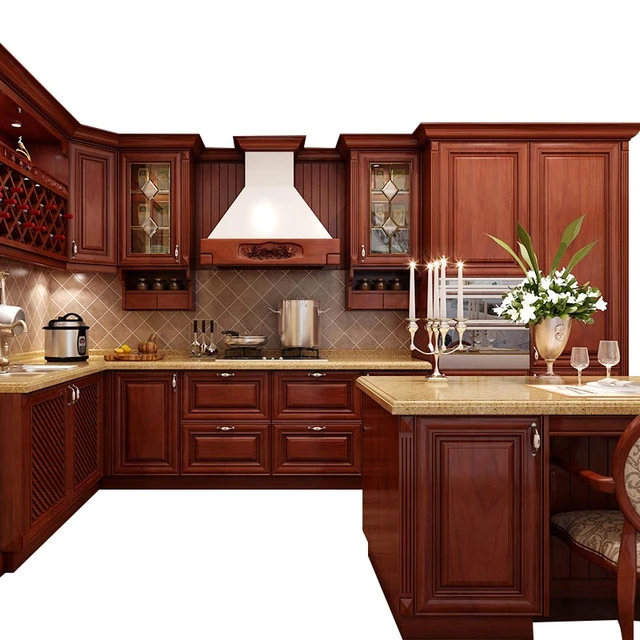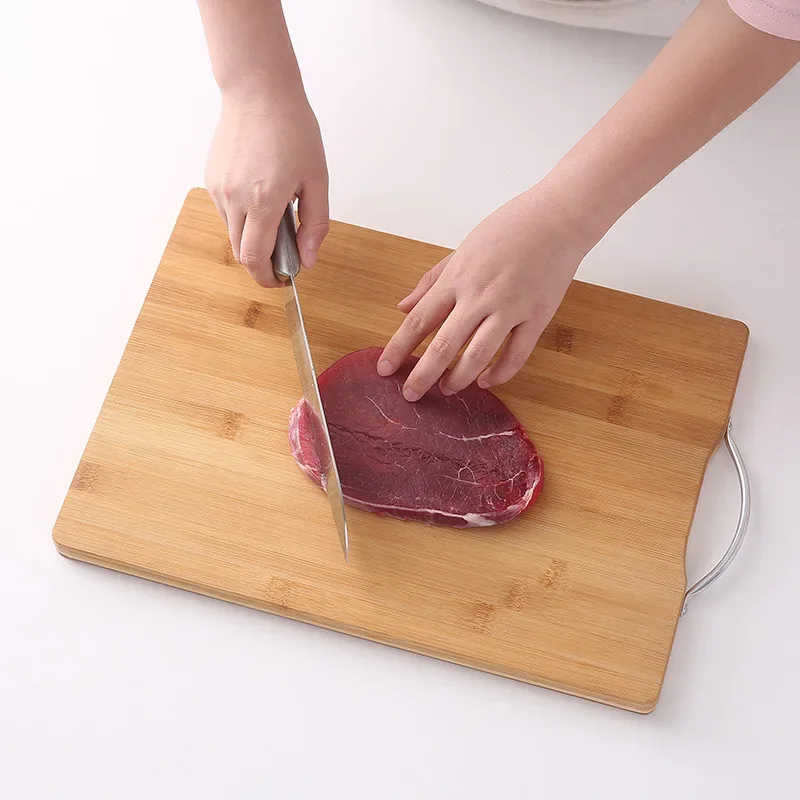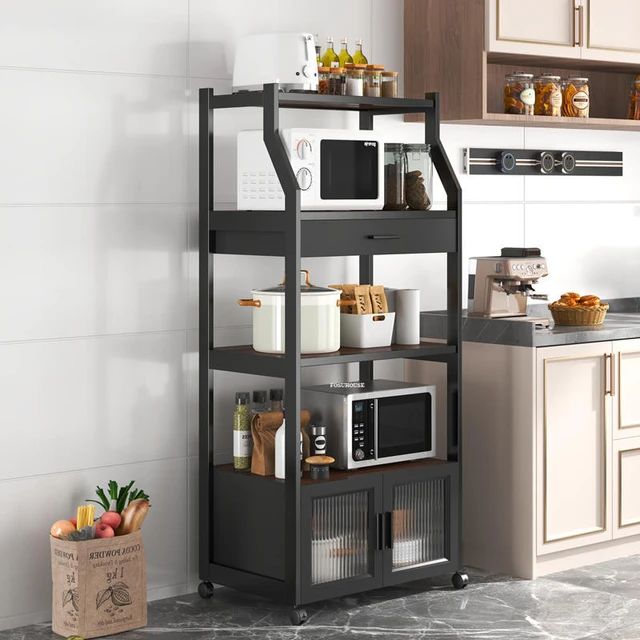 Introduction:
Introduction:
Installing kitchen cabinets is a major investment when it comes to kitchen remodeling. It is essential to understand the costs involved to properly budget and plan for the project. Many factors contribute to the overall cost of kitchen cabinet installation, including materials, labor, and additional features. In this comprehensive guide, we will explore the various cost considerations and factors that affect the price of installing kitchen cabinets. By understanding these aspects, you can make informed decisions and ensure a successful and cost-effective installation process.
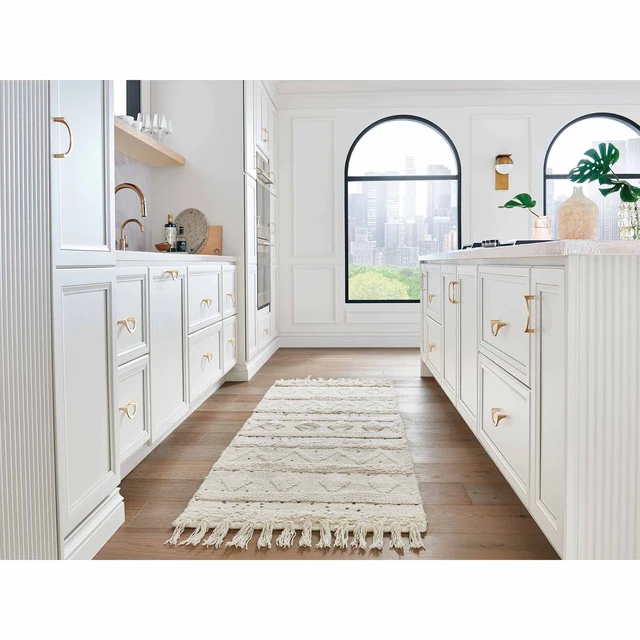 Introduction to Kitchen Cabinet Installation Costs
Introduction to Kitchen Cabinet Installation Costs
Kitchen cabinet installation costs vary depending on several factors, such as the size of the kitchen, type of cabinets, and complexity of the installation.
A. Importance of Budgeting: It is crucial to have a clear understanding of the costs involved to plan your kitchen remodeling project effectively.
B. Cost Components: The total cost of kitchen cabinet installation includes the price of the cabinets, labor fees, and any additional features or modifications.
Factors Affecting Kitchen Cabinet Costs
Various factors impact the overall cost of kitchen cabinet installation.
A. Cabinet Material: The type of material chosen for the cabinets, such as solid wood, plywood, or laminate, significantly affects the cost.
B. Cabinet Style and Design: Intricate and custom designs generally come at a higher price compared to standard cabinets.
C. Cabinet Size and Quantity: The size and number of cabinets required for the kitchen play a role in determining the total cost.
D. Additional Features: Special features like built-in lighting, pull-out shelves, or organizational inserts can increase the overall cost.
 Cost Breakdown for Kitchen Cabinet Installation
Cost Breakdown for Kitchen Cabinet Installation
Understanding the individual cost components allows for better budget planning.
A. Cabinet Costs: The price of cabinets depends on factors such as material, quality, brand, and design, with prices ranging from a few hundred to several thousand dollars per cabinet.
B. Labor Fees: Hiring professionals for installation typically includes labor charges, which can vary based on location and complexity of the project.
C. Accessories and Hardware: Additional items such as handles, knobs, hinges, and drawer slides incur additional costs.
D. Removal and Disposal: If existing cabinets need to be removed and disposed of, additional costs may be involved.
Average Cost Ranges for Kitchen Cabinet Installation
It is helpful to understand the average cost range for kitchen cabinet installation to set appropriate budget expectations.
A. Low-End Estimate: Basic kitchen cabinet installation can start around $3,000 to $6,000 for an average-sized kitchen with standard materials and minimal modifications.
B. Mid-Range Estimate: A mid-range kitchen cabinet installation can range from $6,000 to $15,000, incorporating better-quality materials, customizations, and additional features.
C. High-End Estimate: High-end kitchen cabinet installations can exceed $15,000 or more, including premium materials, intricate designs, and high-end accessories.
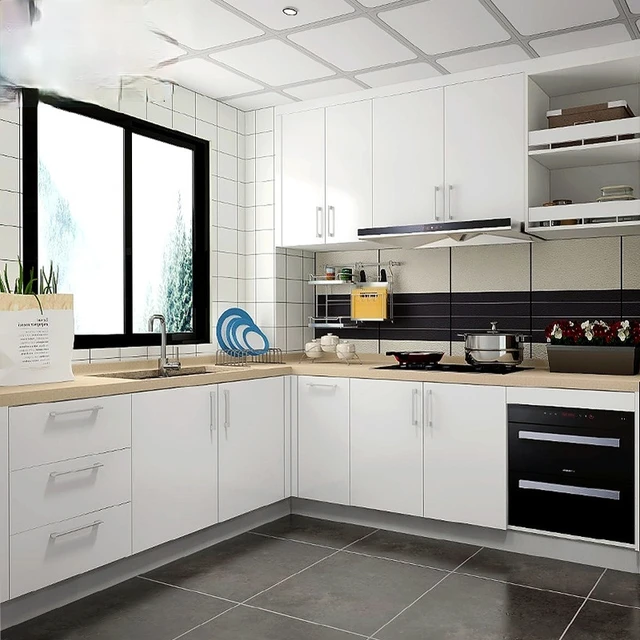 Additional Cost Considerations
Additional Cost Considerations
Several additional factors can impact the overall cost of kitchen cabinet installation.
A. Professional Installation: Hiring experienced professionals ensures proper installation but adds to the overall cost.
B. Modifications and Renovations: Any necessary modifications to the kitchen space, such as electrical or plumbing work, can increase the project cost.
C. Removal and Disposal: Removing and disposing of existing cabinets may require additional services and costs.
D. Permit Fees: Depending on local regulations, acquiring permits for kitchen remodeling may incur additional fees.
Obtaining Quotes and Budget Planning
To estimate the cost of kitchen cabinet installation accurately, it is advisable to obtain quotes from multiple contractors or suppliers.
A. Research and Compare: Research various suppliers and contractors to get a comprehensive understanding of available options and costs.
B. Detailed Quotes: Request detailed quotes outlining the cost breakdown for materials, labor, and any additional services or modifications.
C. Budget Allocation: Plan your budget by allocating specific amounts for cabinets, labor, accessories, and any necessary modifications.
Some common types of kitchen cabinets:
There are various types of kitchen cabinets that cater to different storage needs and design preferences. Here are some common types of kitchen cabinets:
Base Cabinets:
Base cabinets are the standard cabinets that are placed on the floor. They provide countertop support and typically have drawers and shelves for storage. Base cabinets are available in different widths and configurations to accommodate sinks, cooktops, or other appliances.
Wall Cabinets:
Wall cabinets are installed above the countertops, providing additional storage space. These cabinets are typically used for storing dishes, glassware, or other frequently used items. Wall cabinets usually have adjustable shelves and come in various heights and widths to fit different kitchen layouts.
Tall Cabinets:
Tall cabinets are floor-to-ceiling cabinets that maximize vertical storage space. They are often used as pantry cabinets or for storing larger kitchen items such as brooms, mops, or small appliances. Tall cabinets may have shelves, drawers, or a combination of both.
Corner Cabinets:
Corner cabinets help maximize storage capacity and make use of otherwise unused space.
Specialty Cabinets:
Specialty cabinets are designed for specific storage purposes. These can include wine racks, spice racks, tray dividers, appliance garages, or pull-out trash bins. Specialty cabinets are customized to fit specific needs and help improve organization and functionality in the kitchen.
Open Shelving:
Open shelving provides a more open and decorative look in the kitchen. Instead of closed cabinets, shelves are mounted on the walls, allowing for easy access to frequently used items and creating a visually appealing display area for dishes, cookbooks, or decorative items.
Glass-front Cabinets:
Glass-front cabinets feature glass panels in the front doors, allowing for a display of dishes, glassware, or decorative items. They add a touch of elegance to the kitchen and create a visually open and spacious feel.
These are just a few examples of kitchen cabinet types, and the options can vary based on individual preferences, kitchen layout, and specific storage needs. Customization and combinations of different cabinet types are also common to create a personalized kitchen design.
 Conclusion
Conclusion
The cost of kitchen cabinet installation is influenced by various factors, including cabinet material, design complexity, labor fees, and additional features. Understanding these factors helps in setting realistic budget expectations and planning accordingly. By obtaining quotes and researching different options, you can ensure a cost-effective kitchen remodeling project. Remember to consider any necessary modifications, disposal of existing cabinets, and potential permit fees. With careful planning and consideration, you can achieve a successful kitchen cabinet installation that meets your style preferences and budget requirements.
